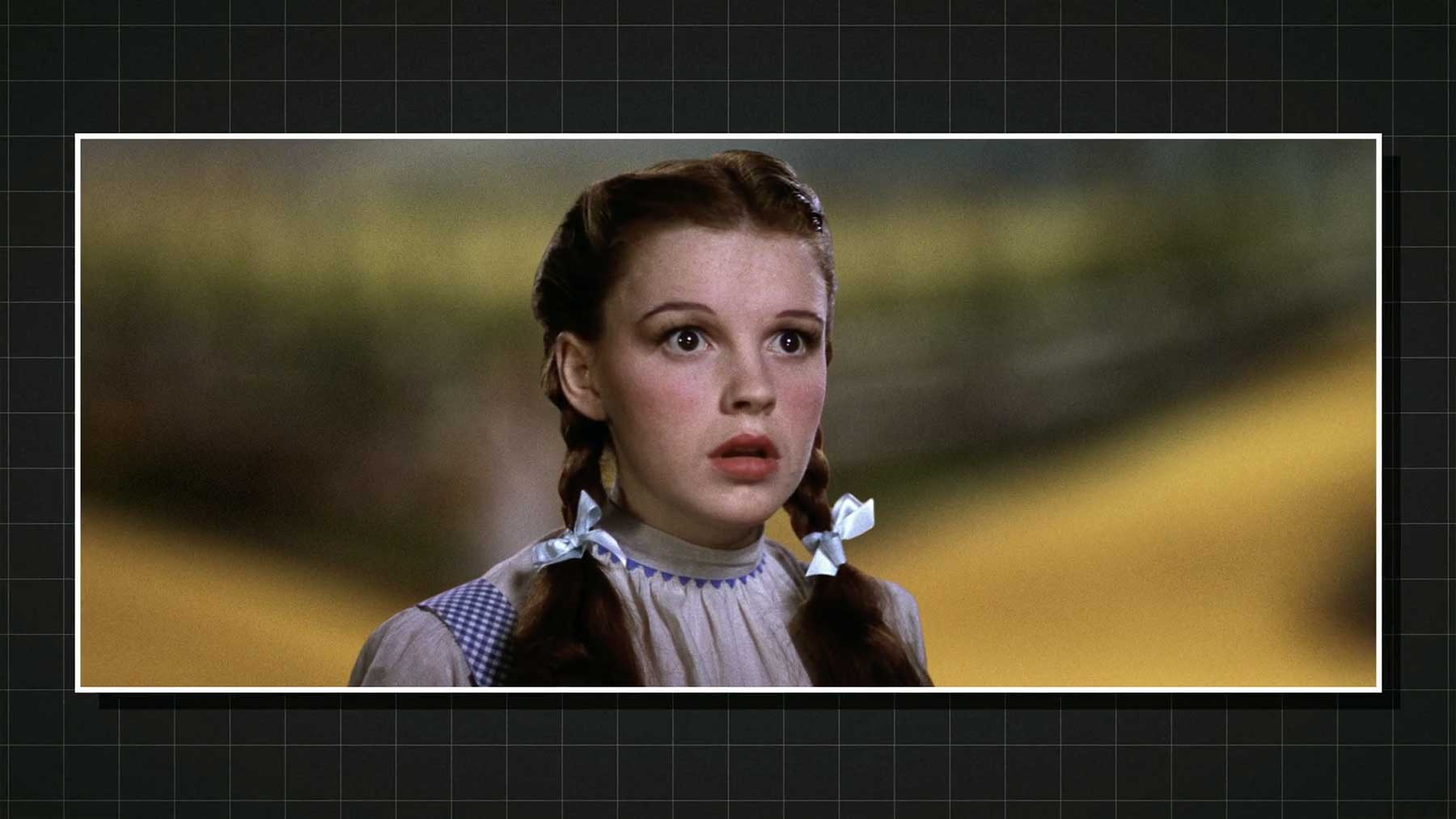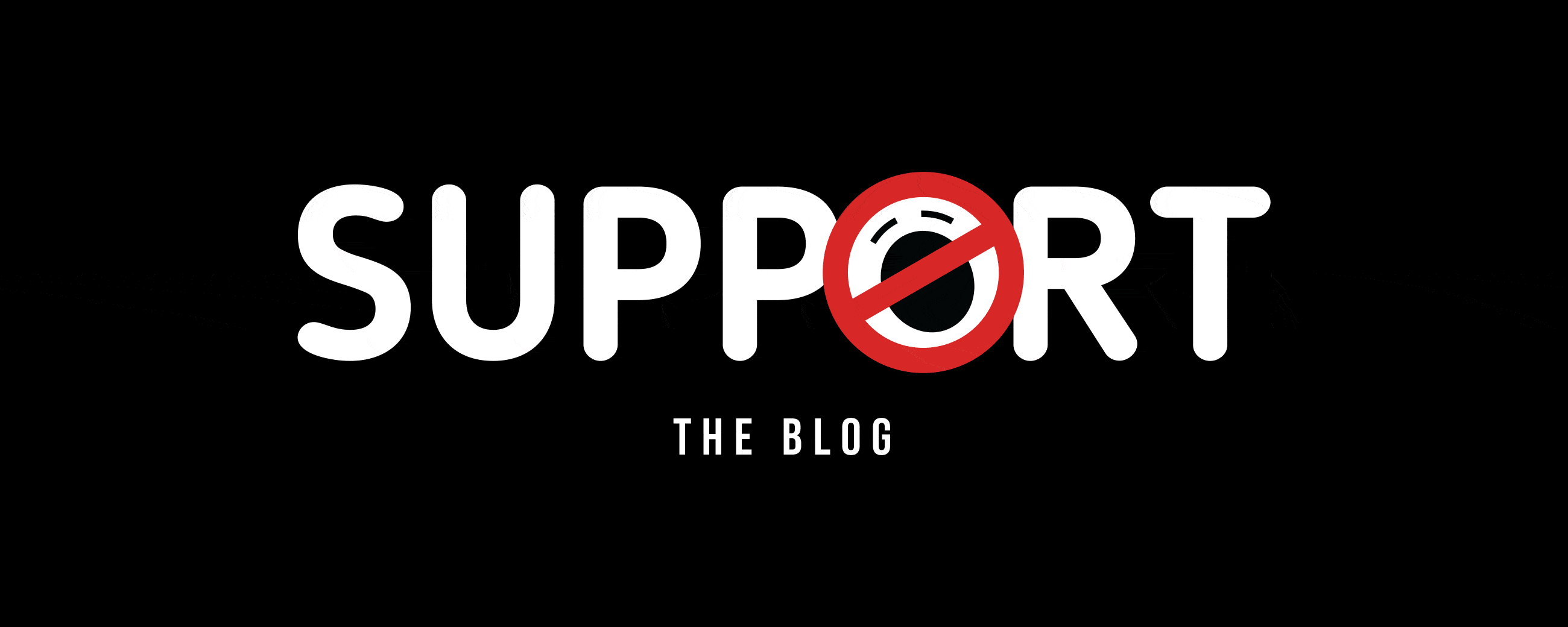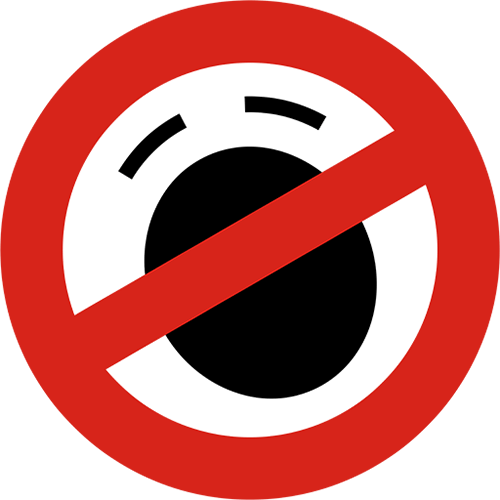
Das war ein Graus, als 16:9-Fernseher Einzug gehalten haben und man aber noch Fernsehen im 4:3-Format zu sehen bekommen hat. Das ist heutzutage kaum mehr vorstellbar. Aber wer gedacht hat, mit dem Einzug von 16:9 sei endlich alles einheitlich, hat sich geschnitten. Der große Film kommt gerne mal in 21:9 daher – hello again, schwarze Balken! Dass aber alle Bildformate so ihre Vor- und Nachteile haben, erklärt uns Leon Barnard in diesem Video Essay.
„The seemingly random dimensions of 35mm motion picture film not only determined the shape of the first motion picture aspect ratio, but its legacy still influences cinema today. Learn how the changing shape of cinema has shaped the way films are made, considering topics such as composition, blocking, staging storytelling and editing.“
Quelle: theawesomer

























Pingback: Das Seitenverhältnis - 4:3, 16:9, 21:9 - Hünerfürst.de
Pingback: Wenn Filmbilder für ein anderes Bildformat beschnitten werden müssen - Fehlende Informationen